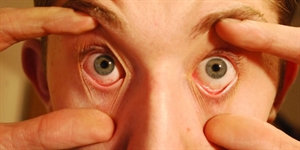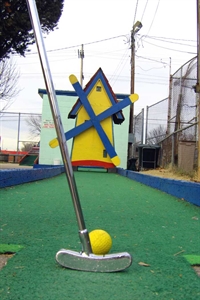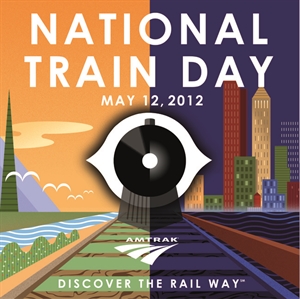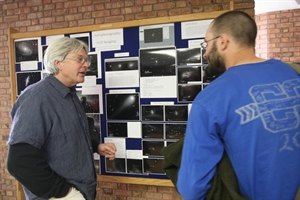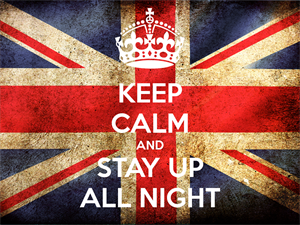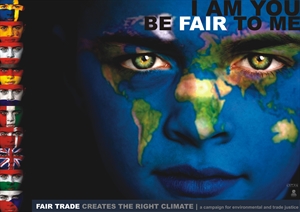World Belly Dance Day 2024 is on Friday, May 10, 2024: What do you think of belly dancing?
Friday, May 10, 2024 is World Belly Dance Day 2024. World Belly Dance Day - Tascheleia Dance World Belly Dance Day
As an Amazon Associate I earn from qualifying purchases.
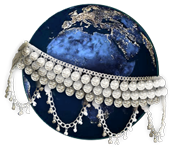
As a belly dancer I think it is a beautiful expression of culture, and of your individual self. Many cultures around the world have there own form of belly dance. I love the differences. Dance is what you make it, it can be trashy if that is the personality you attach to it. But most of the dancers I know are not trashy. They are very talented and work hard to elevate the dance from the stereotype that it is under. This dance is not sexual.
It is fun, very fun. This is not a body shaping exercise though. It takes years to master these moves to be able to do them at a sufficient pace that will keep your heart rate up. It will help with muscle awareness and it may help with posture and things like that. But I have yet to see a real belly dancer get" in shape" from belly dancing. All forms of dance are good for health though, belly dance esp as a beginner will be extremely low impact. If you want to get into shape you might want to look at something that is a little more cardiovascular.
Maybe do belly dance 2-3 days out of the week then running or jogging or supplement it with hip hop dance, or zumba. You may get a dvd that mixes belly dance with aerobics, and that might help.
Some dvd's include
Rania Bossonis, hip drop hip hop, cardio shimmy.bellydance boogie,pure sweat.
Suhaila's-belly dance with Suhaila. buns,jass,pilates,yoga
(Luscious, Love Potion,Cocktail,Hard candy and Shakra's industrial strength workout-these are available at www.worlddancenewyork.com)
You might also want to try
Kili-Hula series.
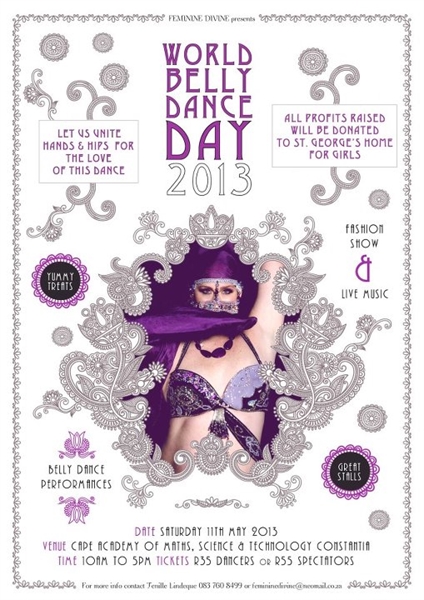
Belly Dancing as a Career?
Yes! But realize that many pro belly dancers typically do not make much money from dancing and often supplement their income with other jobs (or usually a normal day job). Many are yoga/fitness instructors, or have a spouse/partner to help support them. You will need to learn about the different cultures and dances of the Middle East (even if you go tribal/ATS, you should still learn classic Middle Eastern rhythms and dances). You will need to learn how to negotiate contracts and payment with restaurant and venue owners, in addition to effective promoting and business skills. You should learn how to do grant and business plan writing, because many studios get federal grants to operate, or need to present a business plan to a bank if you ever want to open a studio. I would also suggest learning how to use Photoshop to a decent degree so you can design your own flyers promoting yourself. You should also learn how to build a simple Wordpress website and get it ranked high on Google, because all belly dancers should have a business website (and paying a webmaster can be expensive). It's vital that you know how to do these things yourself, unless you already have the money to pay others to design your website and fliers.
I recommend that you look into a Fine Arts Administration/Management degree, which basically teaches you the business side of the art world. Even if you're not a VISUAL artist, this will still prepare and instill some basic managerial skills necessary for running a successful performer's career because becoming a successful painter is pretty similar to becoming a famous writer or actor. You need to be more than just a great belly dancer who is not only technically proficient, but also pleasing as a personality to audiences - so some acting classes might help, too. You can also minor in Dance, but I don't suggest majoring in it - I really think that Fine Arts Admin/Mgmt is the best way to go and most closely fits the description of what you're looking to do. Basically, you want to marry the artistic side of your dreams with the realistic approach of learning how to manage and operate a basic business. You can be a great dancer, but if you can't promote and manage your business, then you won't really go anywhere.

What is Raqs Sharqi dance?
Raqs sharqi, a solo dance found throughout the Arab world, can be literally translated as “Eastern dance”, but is commonly referred to as “belly dance” in the West. It is a modern stage art that has grown out of the social and folkloric dances of the Arab world and is most closely related to Egyptian beledi, the social dance of Cairo. (1 & 2) It is performed by professional dancers as an entertainment at supper clubs (nightclubs), weddings, family celebrations, saints’ days and festivals. Like many Middle Eastern dance forms, much of the movement vocabulary centers on isolations of the hips and torso, hence the Western name. As its Arabic name implies, however, raqs sharqi is more complex than a particular movement technique; it is the aesthetic expression of a people and a place.
Egyptian cabaret Raqs Sharqi Performance
Raqs Sharqi Performance
In its modern form, raqs sharqi evolved on the nightclub stages of the metropolitan areas of the Arab world, particularly Cairo. Its movements, therefore, are largely based on those of Egyptian beledi, adapted to suit a performance-oriented nightclub setting. Raqs sharqi relies heavily on the hip articulations, torso undulations, pelvis and shoulder vibrations evident in beledi, however the center of gravity tends to be higher with a more uplifted posture. This affords the dancer the ability to project her energy and emotion a greater distance. Additionally, with a structured stage area to consider, traveling through space becomes a notable feature of raqs sharqi. Dancing on the balls of the feet aids the dancer in moving from one point to another gracefully, and to execute spins and turns. These types of movements both fill the space and allow for closer rapport to audience members.
The various areas of the Middle East have their own styles of this dance often incorporating regional movements and aesthetics into its performance. For example, the Egyptian style focuses attention largely to the midsection and hip areas of the body, while the arms are used mainly to frame the movement. In Lebanon there is typically a greater use of the arms as focal points in themselves, hair tosses, and whole body movements such as backbends, with less emphasis on subtle torso and hip isolations than the Egyptian style. Movement style may also be influenced by the use of costume accessories. In all Middle Eastern countries in which raqs sharqi is found, it is performed in a bedlah- Arabic for “suit”- the easily recognizable two piece sequined garment normally associated with it. However, while dancers in some regions prefer dancing in bare feet, others wear high heels while performing. This pitches the body’s weight forward, and significantly alters the look and feel of the movement. Regardless of regional aesthetic tastes in dress and technique, ideally a dancer’s proficiency is judged by her emotional and physical connection to the music
Further related reading..












